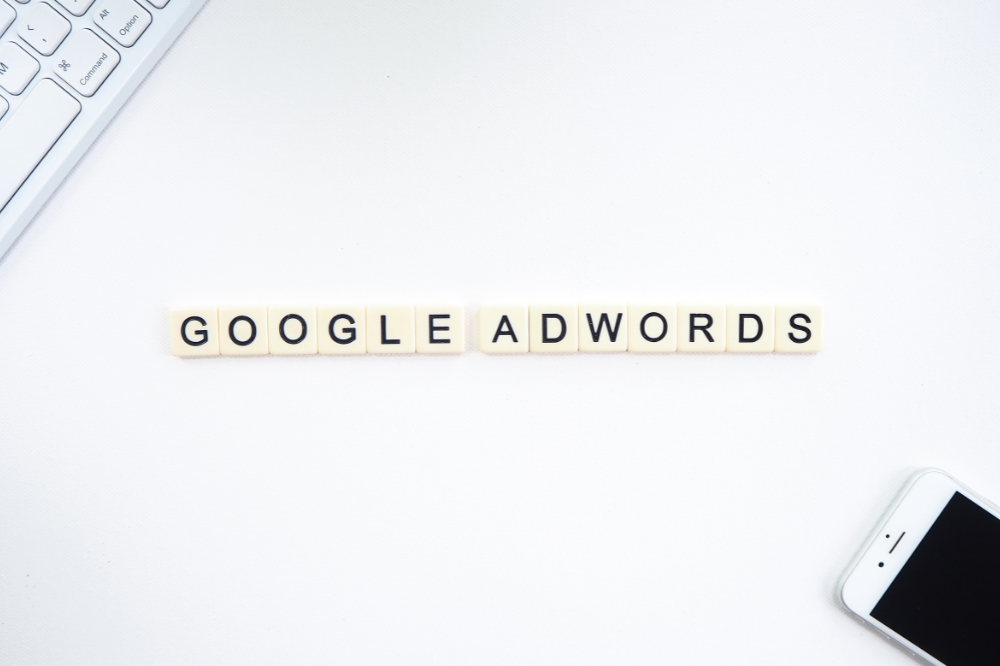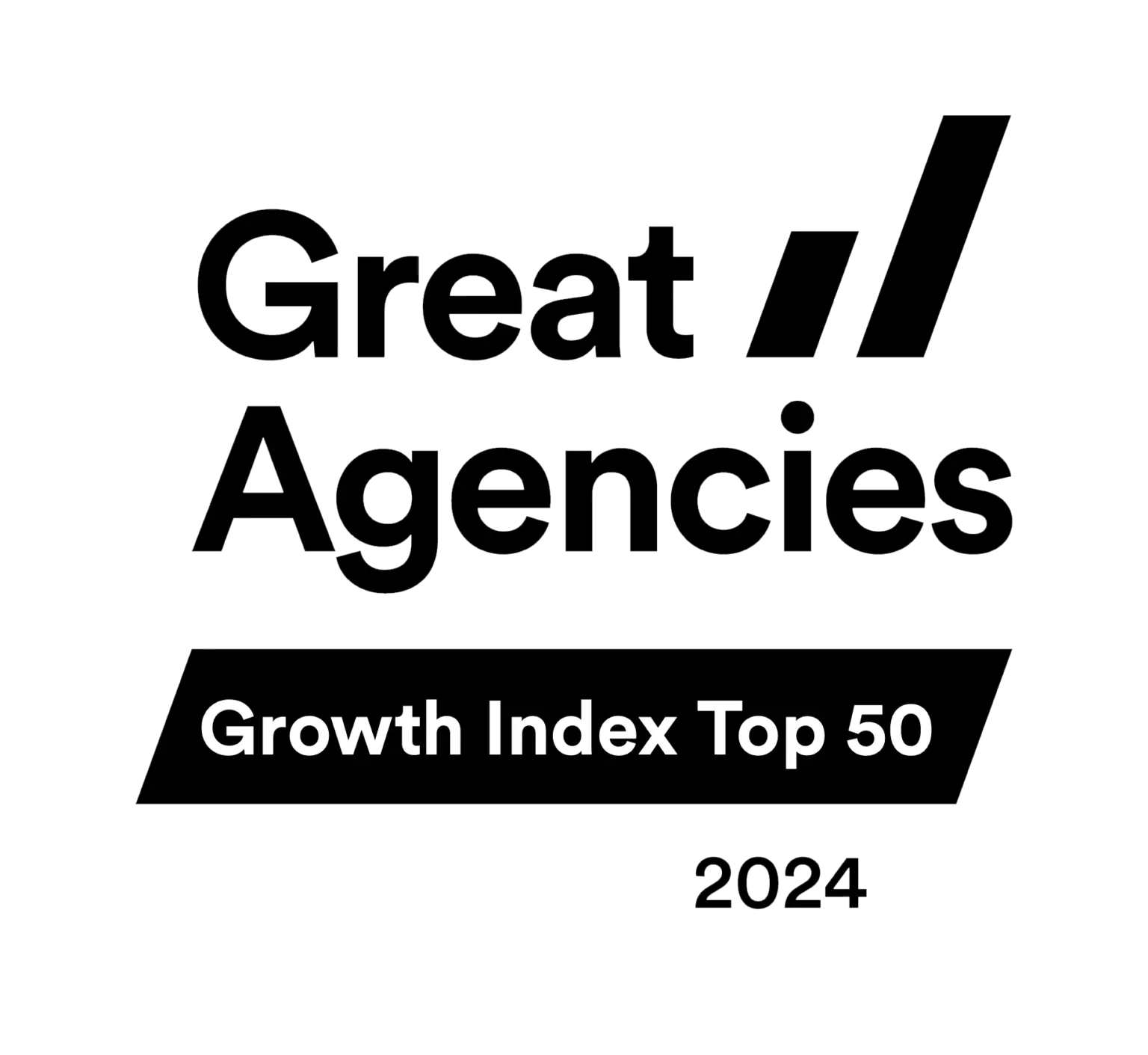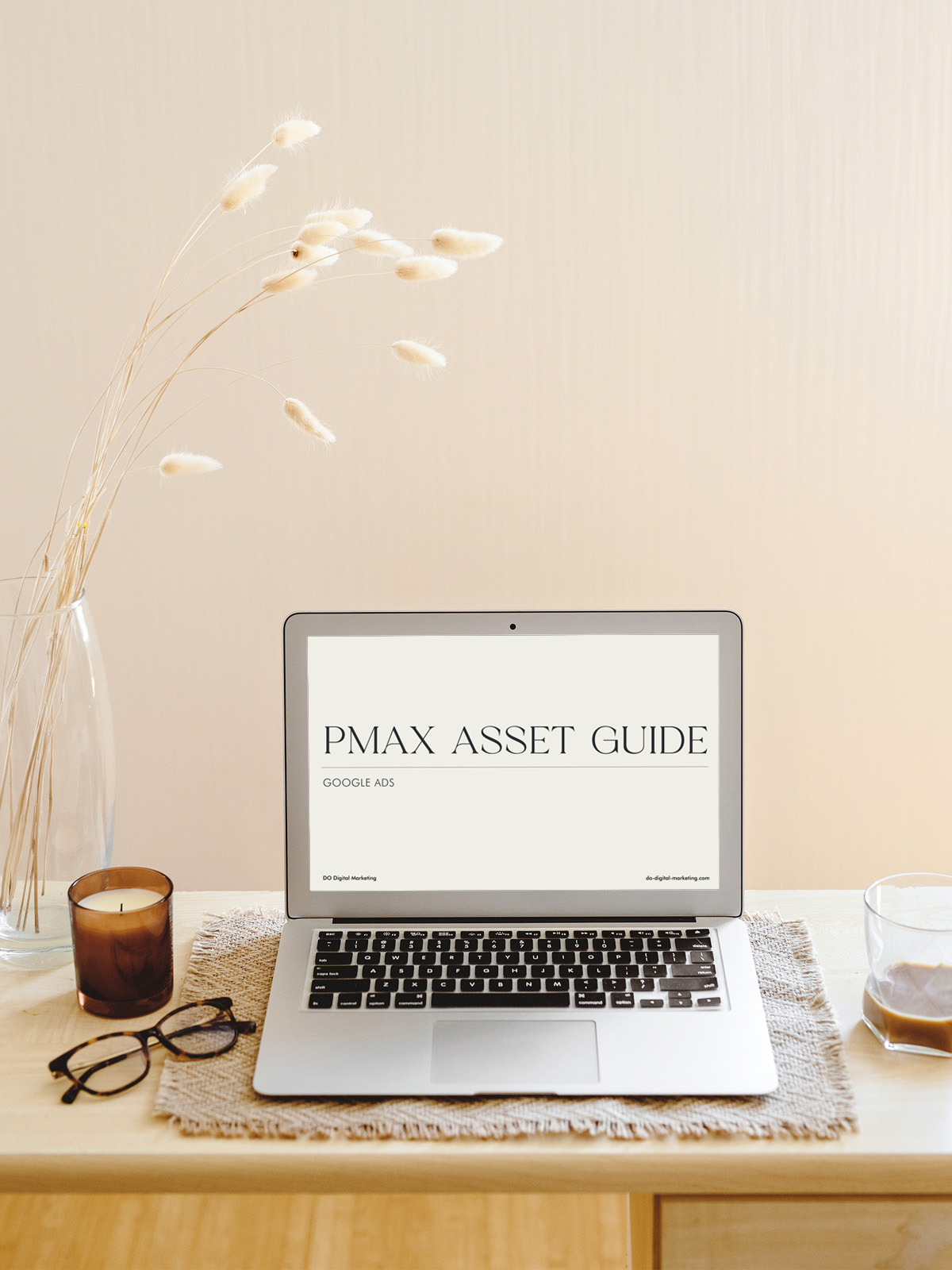a
Extra information about your business (such as your phone number, prices, promotions and brands that you stock) that are eligible to show up in your ads.
An adgroup contains keywords, ads and bids. Each of your campaigns can contain multiple adgroups.
The order in which your ad appears in Google’s search results. Up to four ads can appear at the top of the search results. A general rule of thumb is that the higher your ad position (e.g. the closer to 1), the more you will pay per click and the higher your click-through rate.
b
A specific percentage increase or decrease on your bids across locations, device, demographics and audiences to allow you to bid differently based on the performance of these
The level of spending that triggers a charge to your credit card for your ads. For example, if your billing threshold is set to £50, you will be charged after each £50 of adspend.
An ad format that consists of a static or animated image.
c
The action you want someone to take on your website. For example “buy now”
A campaign is a set of adgroups (ads, keywords and bids) that share a budget, location targeting and other settings. Campaigns are used to advertise similar products and services that you offer.
Where you want your Google Ads to be seen. For example, you have different campaign types for the search network (text ads), shopping network (product listing ads) and display network (remarketing and banner ads)
The price you are paying for someone to click on your ad. Varies by keyword, competition and industry. Also known as PPC (pay per click)
When someone clicks on your ad. This is how you are charged in most campaign types.
How often someone clicks on your ad. If your ad is shown 100 times but 10 people click on it, you have a CTR of 10%. Better ad copy and targeting results in higher CTR.
When someone completes a desired action on your site. If you are e-commerce business, this would be to place an order. If you are a lead generation business, this might mean filling out a form, placing a phone call or booking an appointment.
How much it costs for you to get someone to make a conversion. Used to measure the success of ad accounts.
The % of people that complete a sale or fill out a form. As mentioned, global conversion rates are between 1-3%. so if you’re somewhere in that ballpark or above, you’re on the right track. Conversion rate is a combination of targeting and a clear path to conversion. You want to make sure you’re paying for the right people to come to your site, and once they get there, they are able to easily do what you want them to do.
d
How much you’re willing to spend on ads each day. Your daily cost is averaged out per month, so don’t be worried if you spend more than your daily budget each day. Over a 30 day period your total adspend will never be above 30.4 times your daily budget.
e
The most common type of text ad, made up of multiple headlines, descriptions, paths and a final URL.
g
A desktop application that allows you to manage your Google Ads account offline. It is useful for making bulk changes.
i
The number of times your ad is shown
k
Keywords are used on the search network and help determine when your ads are eligible to show. When someone searches on Google, your ad is eligible to show based on the similarity of your keywords to the person’s search terms.
l
The website URL that you are driving traffic towards
n
A type of keyword that prevents your ad from showing for certain terms. For example if based on data you know that the word “cheap” isn’t profitable for you, then you can add that as a negative keyword to your campaigns. When anyone searches using the term “cheap” your ad will not show. It is an optimization tactic to reduce wasted spend on irrelevant traffic.
o
The process of tweaking areas of your account to improve performance. Common examples of optimizing involve keyword bid changes, device bid adjustment and adding negative keywords.
categories. For example, you notice that people convert higher on mobile devices so you add a 10% bid adjustment to increase your bid automatically by 10% when Google is advertising your ad to someone on a mobile device.
p
Shopping campaigns use PLAs to show an image, short title and price of your product when you use the shopping campaign type.
r
The amount of money you make less the amount you spend. This can be a positive or negative number.
How much revenue you are getting from each dollar of ad spend. If you have a ROAS of 300%, that means for every $1 of ad spend you are getting $3 back in revenue.
An ad type launched in 2018 where you can write up to 15 different headlines and up to 4 different descriptions so that Google can arrange these ads into thousands of different ad combinations. Google leverages their machine learning to determine the best responsive ad combinations and show these more often.
The default ad type for the display network. Google uses your chosen headlines, images and descriptions to generate multiple responsive ad options that they show on the display network. Google will then optimize them to build high-performing ads.
s
A method of controlled marketing experiments where you a testing one option (A) against another option (B) to see which one performs better (is the “winner”). Also known as A/B testing.
Another term for PPC or CPC marketing. SEM refers to the paid results above the organic (SEO) results.
The process of increasing the quality and quantity of website traffic by increasing the visibility of a website or webpage. SEO refers to organic (unpaid) search results.
The results page for Google search, including paid and organic results.
The word or phrase that someone types into Google. This is different to keywords, in that is what the account uses to match ads to a search term.

